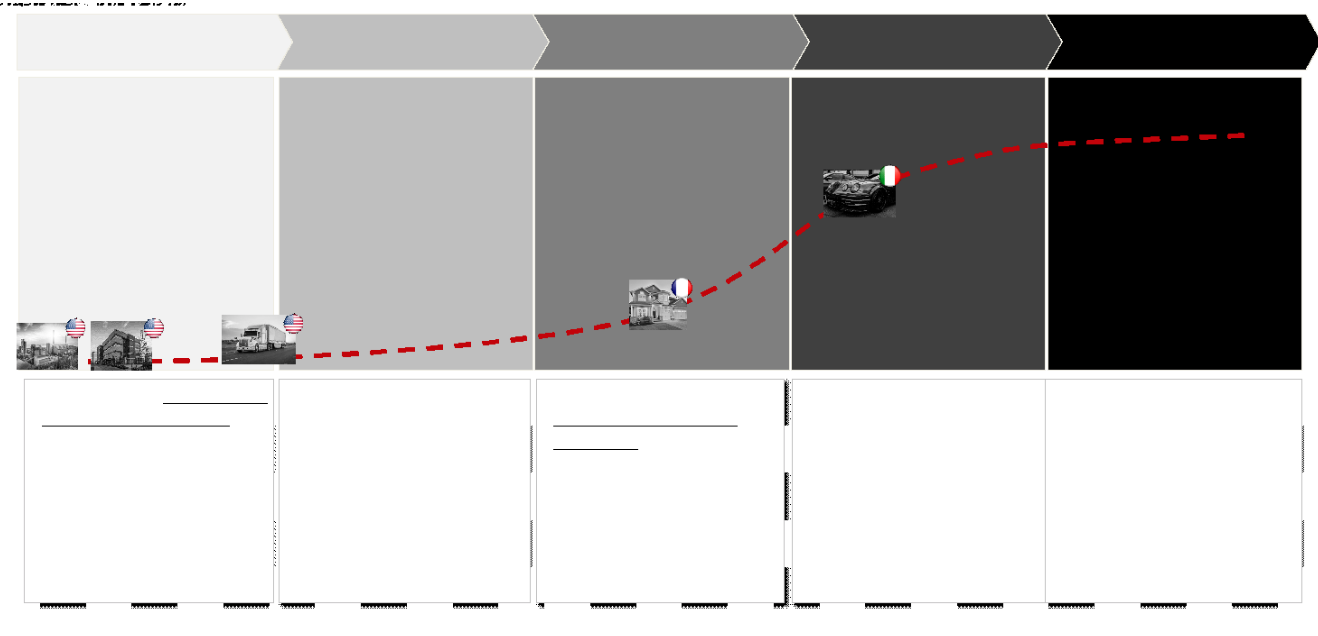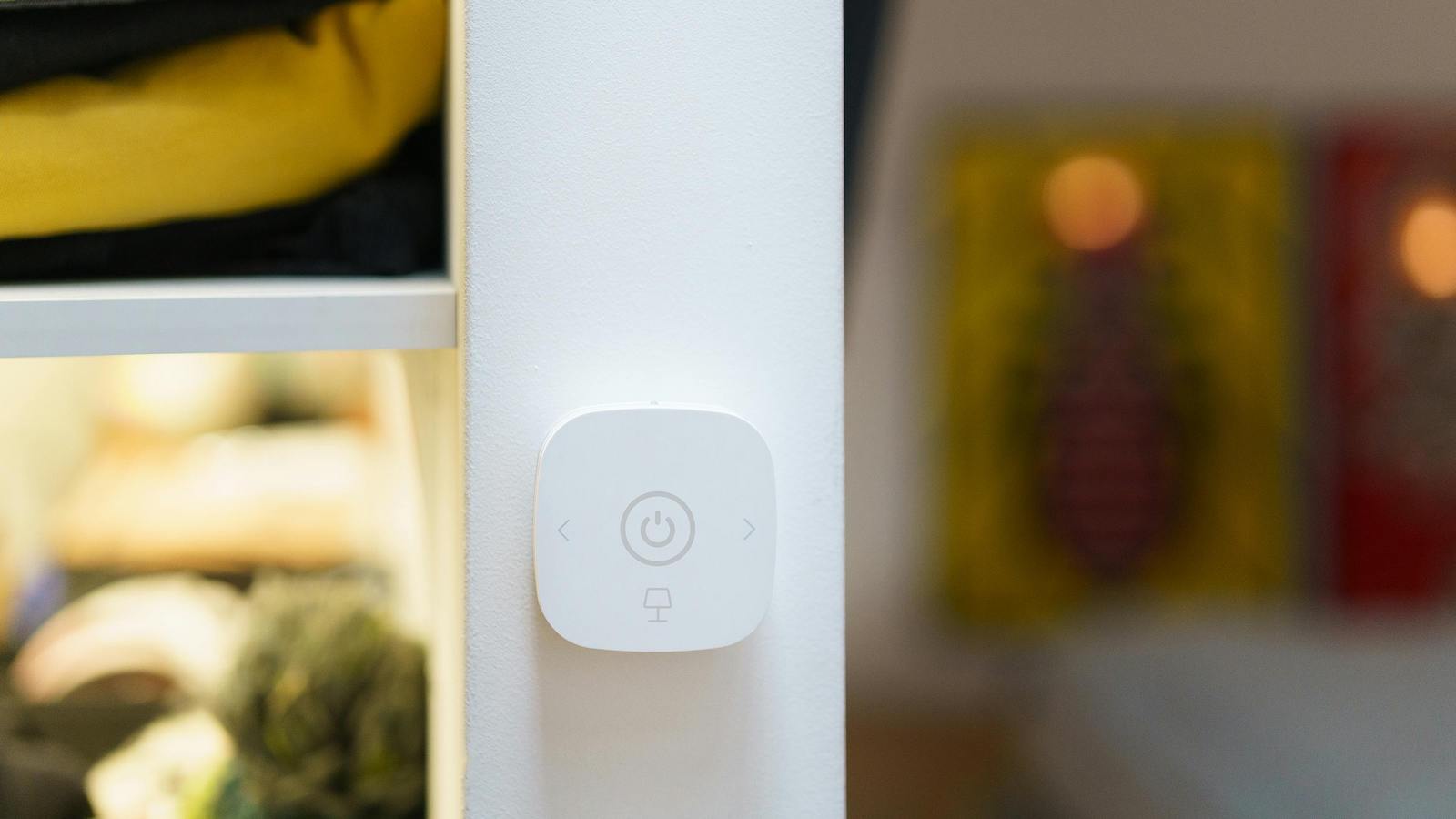In our hyper-connected society, it was estimated a few years ago that on a normal day another 127 devices are connected to the internet each second. Moreover, the Internet of Things (IoT) trend is accelerating. Insurers cannot stop this; they can only leverage the data that comes from connected devices, or ignore this data.
As of today, the insurance sector has exploited the data more in personal lines than in commercial lines. Insurance telematics on personal auto has been out there for more than 15 years. The Italian market has achieved more than 22% of telematics penetration on the auto insurance business; in the U.S. the penetration is still low, but in the last two years the market has evolved significantly. French insurers have built a success story on smart home insurance (télésurveillance services) over the same period; even in the U.S., experiments are progressing as players such as American Family lead the pack.
We are starting to see the emergence of commercial line applications, especially in the U.S. We have some products on auto commercial lines, such as Progressive Smart Haul, that are gaining traction, and the interest for the application on other business lines is growing.
However, on the insurance commercial lines -- outside of commercial auto -- we are still talking about theoretical ideas and proofs of concept (POCs), and there are only a few already commercialized products. At the IoT Insurance Observatory – a think tank that in North America has aggregated almost 30 members, including six of the top 15 P&C insurance carriers, as well as the main reinsurers – I’ve directly seen this growth of the appetite of the traditional insurers for IoT applications.
See also: Will IoT Upend Insurance? [Hint: NO!]
The opportunity
The insurance sector has four different opportunities to leverage the IoT data on commercial lines:
- There is the opportunity to insure new risks that are emerging due to IoT technology, but also to insure the outcomes of IoT solutions adopted by a business owner.
- Another area of opportunity is to develop new ways to insure existing risks. Let’s think about real-time measurement of the key drivers for the exposure of an insurance coverage, such as the presence of people in an area for general liability or the inventory for theft insurance.
- IoT data (and processes based on this data) allows improvements in the performances of the core insurance activities (underwriting, pricing, risk management and claims handling) for current insurance products,
- There is the opportunity to sell IoT-based services.
The last two are the key aspects that have worked well in the usage of IoT on personal lines. Indeed, based on the Observatory research over the past few years, the most relevant international insurance IoT success stories have five common characteristics:
- A product sold through current distribution channels, frequently as an option on an existing product;
- A closed system with devices/app provided by the insurer;
- Fees paid by the customer for services, which include the rental of the devices;
- Explicit usage – a customer consents at the moment of purchase, giving the insurer access to data that will help it improve risk self-selection, loss control, consumer behaviors and pricing;
- The sharing of a material value with customer through discounts, cash back and other incentives.
The marriage of IoT-based services and impacts on the core insurance activities is going to allow insurers to obtain a competitive advantage on small commercial. This is typically a segment that has not jet been penetrated by IoT services – because the first targets for IoT companies have been large and medium enterprises - and the insurance players can succeed in delivering this bundle between IoT services and insurance coverages to this segment. The synergies between those two aspects – services and impacts on the core insurance activities – are possible because the same data used to deliver services allows improvements to the technical profitability of the insurance business. IoT allows the creation of value on the insurance P&L, and this value can be shared with the client, creating a valuable bundle between insurance coverages and IoT solutions. Obviously, the bigger the difference between insurance premium and service cost, the higher the potential of the bundle.
Let’s think about how spending for commercial line coverages – even excluding commercial auto - can easily be several thousand dollars for a small enterprise.
The value creation
The sensors necessary for service delivery – let’s, for example, think about security cameras with AI on the edge – can be fundamental to detecting risky situations. This is precious information for an insurance company. First of all, this allows claim prevention and damage mitigation. This could be achieved through real-time alerts to the on-field supervisor, such as the store manager in retail shops, or to the provider of the necessary emergency services, such as the emergency plumbing service provider. The second use case, which is linked to the detection of risky situations, is reporting. The quick delivery of insights provides objective information to the claim handlers. This way, the insurance company can be ready to address the claim in a more efficient and effective manner, limiting fraud and inflated claims. The reporting of claims and near-miss incidents also allows for providing automated loss control advice to the business owner. This information can also be used to take underwriting decisions at renewal, and even to intervene on pricing.
Value creation is also possible using sensor data to manage behavioral change mechanisms. As found in experiments on personal lines – from life, to health and even to auto insurance – working on awareness creation, behavior suggestions and incentives it is possible to obtain a reduction of the expected losses of an insurance portfolio.
One last aspect to consider is the self-selection effect. The personal line experience has taught us that, at each pricing level, those who accept being monitored are better risks (lower loss ratio) than the peers who don’t accept. So, we can be pretty confident that the business owners who chose the IoT-based insurance coverage are better risks (because they have nothing to hide from their insurers) than their peers who don’t accept to be monitored.
See also: The Dazzling Journey for Insurance IoT
The insurer who succeeds in these use cases will obtain the waterfall represented below, where the sum of the service fees and the effect of risk selection, loss control, risk-based pricing and behavioral change – all the elements that in my previous articles I have defined as “value creation levers” – covers the IoT costs and allows the creation of a relevant amount of extra value. This value can be shared first of all with policyholders through discounts and incentives. However, part of it should be shared also with intermediaries (agents and brokers involved in the insurance policy distribution), through extra commissions, to scale up the IoT-based portfolio.
Challenges
The main challenge will not be the choice of technological aspects, as many may expect. The trickiest aspects are the design of the insurance IoT strategy, the delivery on the field and the progressive optimization based on the lessons learned.
First of all, it will be key to identify and design the services that the target customers are interested in paying for. The sensors necessary for these services will be the foundation of the insurance IoT approach, and all the additional sensors with a cost lower than the achievable benefits should be added on top. In the design of the insurance use cases, all the different functions related to the value creation levers described above must be involved, as well as all the business lines of the insurance group. The potential in each coverage and each endorsement dedicated to the segment has to be squeezed to maximize the value creation and therefore the return on the IoT investment. In the cost-benefit analysis, it is necessary to adopt a multiyear perspective, thinking toward the amortization of the hardware cost over multiple periods. These are the same challenges that have been successfully addressed by the best practices on personal lines.
Specialization of the solutions by segments will be necessary to deliver effectively. This aspect is an additional challenge that was not present in the personal lines experience, which instead has easily been addressed with a “one size fits all” approach.
Another complexity, which was not present in personal lines, is the presence of multiple actors to be involved in the adoption of the solution, in the prevention/mitigation and in the behavioral change. The business owner (or eventual employees appointed to purchase the insurance coverage), the on-field supervisor (such as a store manager) and operative employees are relevant stakeholders. The IoT insurance approach must take into account all of them to succeed.
Conclusions
Let’s consider the reasons for investing to overcome these barriers facing the IoT-based opportunity. There is an opportunity to win more business and to generate a more profitable commercial line portfolio. The right IoT approach will generate knowledge about clients and their risks (which will lead to opportunities for cross-selling and up-selling) and produce positive externalities for society (by contributing to the modernization of the small and medium enterprises of the country).
This article has been originally published on Carrier Management.










